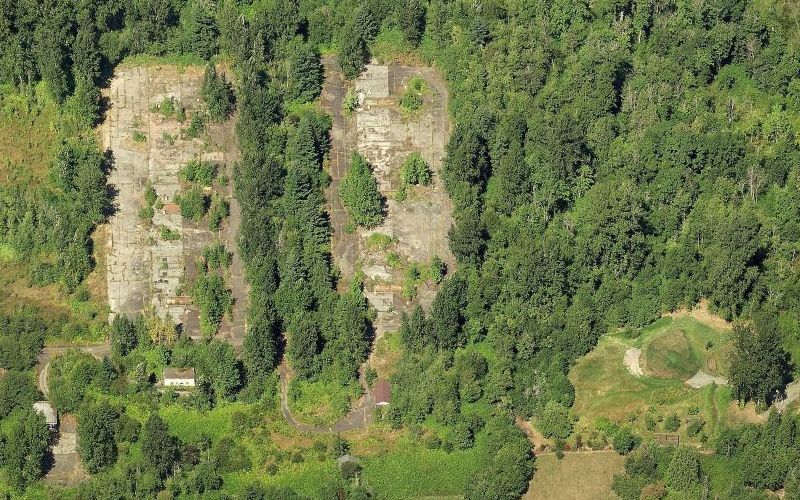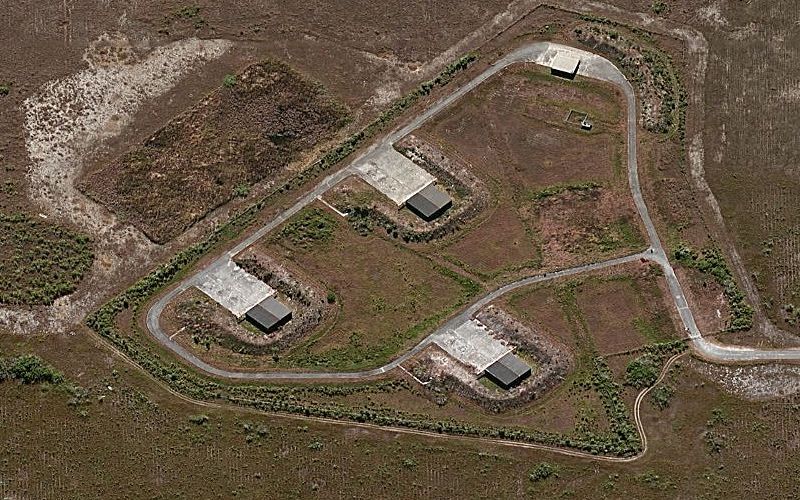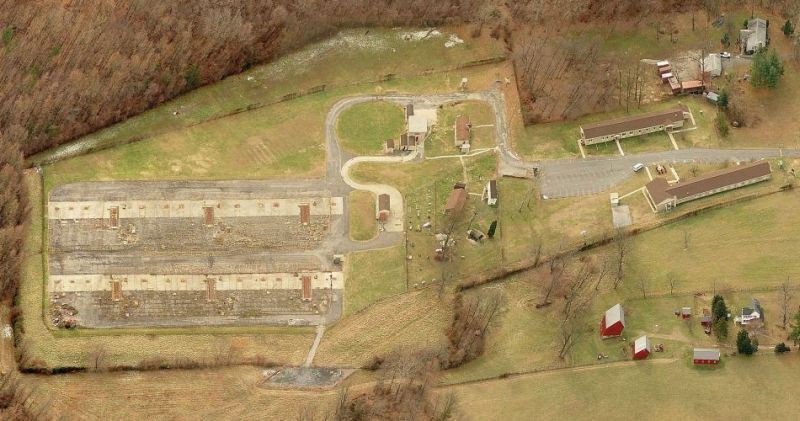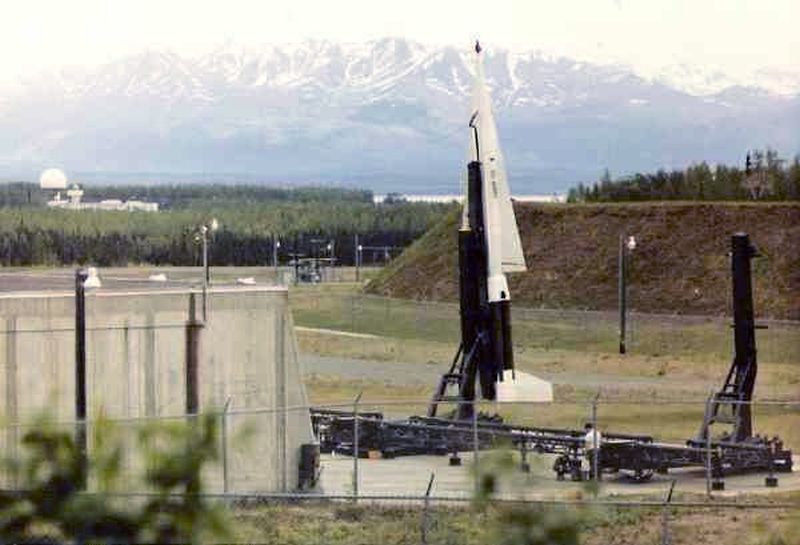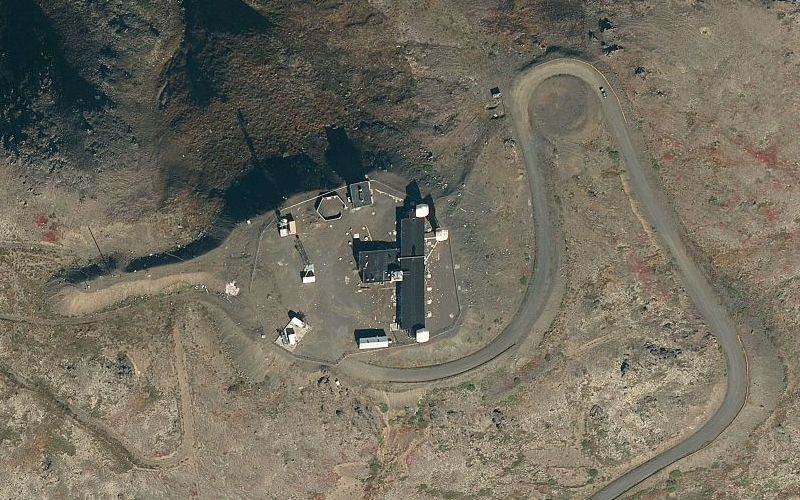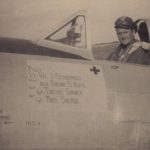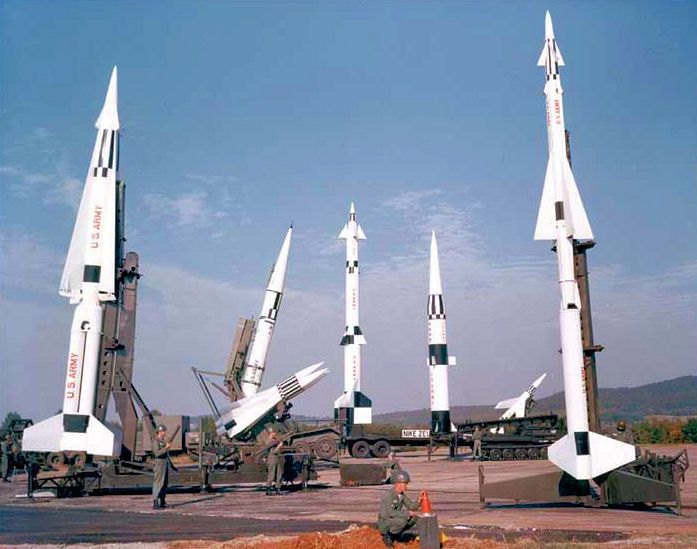
Another very interesting article from our friends from UrbanGhost today, abandoned Nike Missile bases of the united states.Nike, named for the mythical Greek goddess of victory, was the name given to a program which ultimately produced the world’s first successful, widely-deployed, guided surface-to-air missile system. Planning for Nike was begun during the last months of the Second World War when the U.S. Army realized that conventional anti-aircraft artillery would not be able to provide an adequate defense against the fast, high-flying and maneuverable jet aircraft which were being introduced into service, particularly by the Germans.Fast forward to the first decade of Cold War the Soviet Union began to develop a series of long-range bomber aircraft, capable of reaching targets within the continental United States. The potential threat posed by such aircraft became much more serious when, in 1949, the Russians exploded their first atomic bomb.The perception that the Soviet Union might be capable of constructing a sizable fleet of long-range, nuclear-armed bomber aircraft capable of reaching the continental United States provided motivation to rapidly develop and deploy the Nike system to defend major U.S. population centers and other vital targets. The outbreak of hostilities in Korea, provided a further impetus to this deployment.The mission of Nike within the continental U.S was to act as a “last ditch” line of air defense for selected areas. The Nike system would have been utilized in the event that the Air Force’s long-range fighter-interceptor aircraft had failed to destroy any attacking bombers at a greater distance from their intended targets.
It seems hard to believe now, but the 20th century was marked by a very real belief that the world’s great superpowers would destroy one another in a nuclear holocaust. The US and Soviet Union were ramping-up production of warheads, tensions frequently threatened to boil over, and several hundred million lives trembled in fear of annihilation at the push of a button.To combat this threat, the US government set up Nike missile bases across the country. Designed for a variety of roles under Project Nike, notably as anti-ICBM missiles to shoot down incoming Russian nukes, the system’s bases were numerous, often lurking just outside major population centers. Although all were decommissioned before the end of the Cold War, not all were destroyed or packed away. A handful still remain out there, rusting reminders of a time when the entire world teetered on the brink of Armageddon.
Abandoned Nike Missile Base LA-88 (Oat Mountain, California)
As a major population center and cultural hub, LA was a natural target for a Russian nuclear attack. As such, the government was careful to keep it safe at all costs. At the height of the Cold War, dozens upon dozens of Nike missile sites idled in the hills around the city, kept secret from its unsuspecting residents. Although most have long since been completely demolished, traces still remain of at least one: LA-88.In operation from 1957-1974, LA-88 is notable for being guarded entirely by sentry dogs. Despite housing real missiles, the only thing keeping anyone from breaking in were four fierce dogs and their handlers. Luckily, no-one with a vast supply of sausages ever seriously thought about robbing the place.Until 2008, LA-88 remained surprisingly open to the public. Situated on a concrete plateau overlooking the valley, it was relatively intact, although spoiled by graffiti. Then a wildfire raged through and most of the surviving structures collapsed. As of 2015, it’s a desolate shell. A haunting slice of LA real estate that seems torn straight from another world; one where the Russians did indeed attack, and these scorched, hollowed-out ruins are all that remain. (Explore the abandoned Nike missile base via the above video.)
S-13/14 (Redmond, Washington)
Sixteen miles to the east of Seattle, the town of Redmond is home to a little-known curiosity: the decaying remains of a former Nike missile base located in the wilderness surrounding the town.Operated until 1974, the site bizarrely found its way into the ownership of the Lake Washington School District. Although they still run the place (parts of it were briefly used by local vocational colleges), much of it has fallen to ruin. The buildings are overgrown, their windows smashed. Tiles have been torn from the walls. Water collects on the floor. The overall effect is somewhere between beautiful and creepy.Adding to the ominous atmosphere is the presence of some spine-tinglingly apt graffiti. Along a partially-collapsed corridor, someone has scrawled ‘God has left the house.’ Elsewhere, echoing the entrance to Hell in Dante’s Inferno, has been written ‘abandon hope all who enter here.’ Although no doubt the work of bored kids, the words still have a hunting resonance in a building once dedicated to preventing the Apocalypse.
HM-69 (Everglades National Park, Florida)
Of all the places you might expect to find an abandoned Nike missile base, a national park is probably not very high up the list. But the Everglades does more than simply house a few crumbling remains. It’s home to one of the best-preserved Nike missile sites out there.Opened in the immediate aftermath of the Cuban Missile Crisis, the site (officially designated HM-69) was one of the biggest in the US. Over 140 personnel were stationed there at its height, working around the clock to make sure any of the three missiles could be deployed at a moment’s notice. The fear at the time was a Cuban airstrike might knock out South Florida’s defense capabilities, leaving it open to Russian attack. Although this seems unlikely now, it was taken seriously enough in the 1960s that John F. Kennedy himself visited the site to review its procedures.Although HM-69 was terminated in 1979, it remains in good shape today. Added to the National Register of Historic Buildings in 2004, it is now a major draw for the park. You can even arrange guided tours.
D-57 (Newport, Michigan)
One of the shortest-serving sites on our list, Newport’s long abandoned Nike missile base (properly known as D-57) opened in January 1955 to help protect the area around Detroit. It closed barely eight years later in February 1963, it’s missiles quietly carted off elsewhere.Seen today, the site is in an advance state of decay. Although the housing used by personnel has since been turned into homes for the local population, the rest of the base has fallen into ruin. Buildings have been trashed, windows broken and fences torn down. Nature has moved back in, swallowing up much of what’s left. Sprawling arcs of graffiti have unfurled across walls. In its semi-isolation among the fields, D-57 has seemingly fallen prey to the whims of local vandals.
NY-15 (Hart Island, New York City)
As one of the largest cities on Earth, New York City was thought particularly vulnerable to Russian nuclear attacks. No less than 19 Nike missile sites were set up around its defensive area, an attempt to give the millions living there blanket coverage. Of all those sites, perhaps the most interesting of all was NY-15.Set up in 1955, NY-15 straddled two different islands: Davids Island and Hart Island. Long unknown to even the most city-wise New Yorkers, Hart Island recently came to prominence as a mass grave site known as ‘the prison of the dead.’ Yet its role in the 20th century was much more positive. Working in conjunction with the spotters on Davids Island, it became a guardian of the living, protecting New Yorkers from a threat that thankfully never materialized.Despite its history, not much of the abandoned Nike missile base remains to be seen on Hart Island. Just a few swathes of concrete, some rusting fences, and the occasional crumbling building, situated to the north of an equally abandoned asylum and the eerie potter’s field.
BA-79 (Granite, Maryland)
While nowhere near the vast, unimaginable size of New York, Baltimore still required several launchers to defend its sprawl. A total of seven were installed in the 1950s, ringing the city in a protective embrace of nuclear fire. A typical examples was the BA-79 site in Granite.Just beyond the outer suburbs of the city, Granite was home to four launchers, each with a magazine of nuclear-tipped Nike missiles. Residents who lived on the fringes of the city at the time have recalled being able to see the missiles poking up into the sky during tests; a haunting mirror-image of the city skyline.Right into the mid-2000s (at least), the site of the abandoned Nike missile base remained almost perfectly preserved. Seen from above, the different components of the complex were still clearly visible, if a little decayed. But the last we heard suggested that much of it had been pulled down, leaving only faint traces.
HA-25 (Manchester, Connecticut)
Not every abandoned Nike missile base was demolished or left to rot. Some were repurposed for various uses, either within the military or for the improvement of the local town. Such was the case with the site near Manchester, Connecticut. Now part of the Nike Site Recreation Area, the abandoned missile base still retains some of its original buildings. Instead of military personnel, hi-tech equipment and nuclear paranoia, though, they now contain Scouting groups, kids doing ballet practice, and all sorts of other wholesome things. This seems even stranger when you realize traces of the site’s original purpose still remain. Leave behind the families and kids and strike out into the woods and you might stumble across the old launch pad, now semi-hidden beneath a carpet of leaves.
Site Bay, Alaska
As a state formerly owned by Russia, Alaska had a lot to worry about during the Cold War. The maritime border between the two even had its own name: ‘the frozen curtain.’ In order to fend off any Russian advances, the state installed its own Nike missile sites deep in its icy interior.One such site was Bay. Nestled below a range of mountains, its location was so impossibly remote that personnel had to fly in. This isolated spot had its advantages: tests could progress beyond merely readying each silo, and include hurling missiles far out into the frozen void of this sparsely-populated state. Were the Russians to target Anchorage, they would find the Alaskan population ready for them.Although the site was deactivated in the 1970s, parts of it remain standing to this day. An order to completely demolish the place in the early-2000s was deemed too expensive to carry out, resulting in a semi-desolate wasteland. Seen in winter, under a layer of heavy snow, it looks almost magical; a living ghost of a long-gone war.
Summit, Alaska
Situated in the Chugach Mountains 25 miles to the northeast of Anchorage, the abandoned Nike missile base at Site Summit is the best preserved of its kind in Alaska. Though its original Cold War purpose has long since been surpassed, the remote, neglected site is still used as a communications base and hosts occasional US Army exercises. Summit has since been added to the National Register of Historic Places and hosts guided tours during summer months.
More from URBANGHOST








